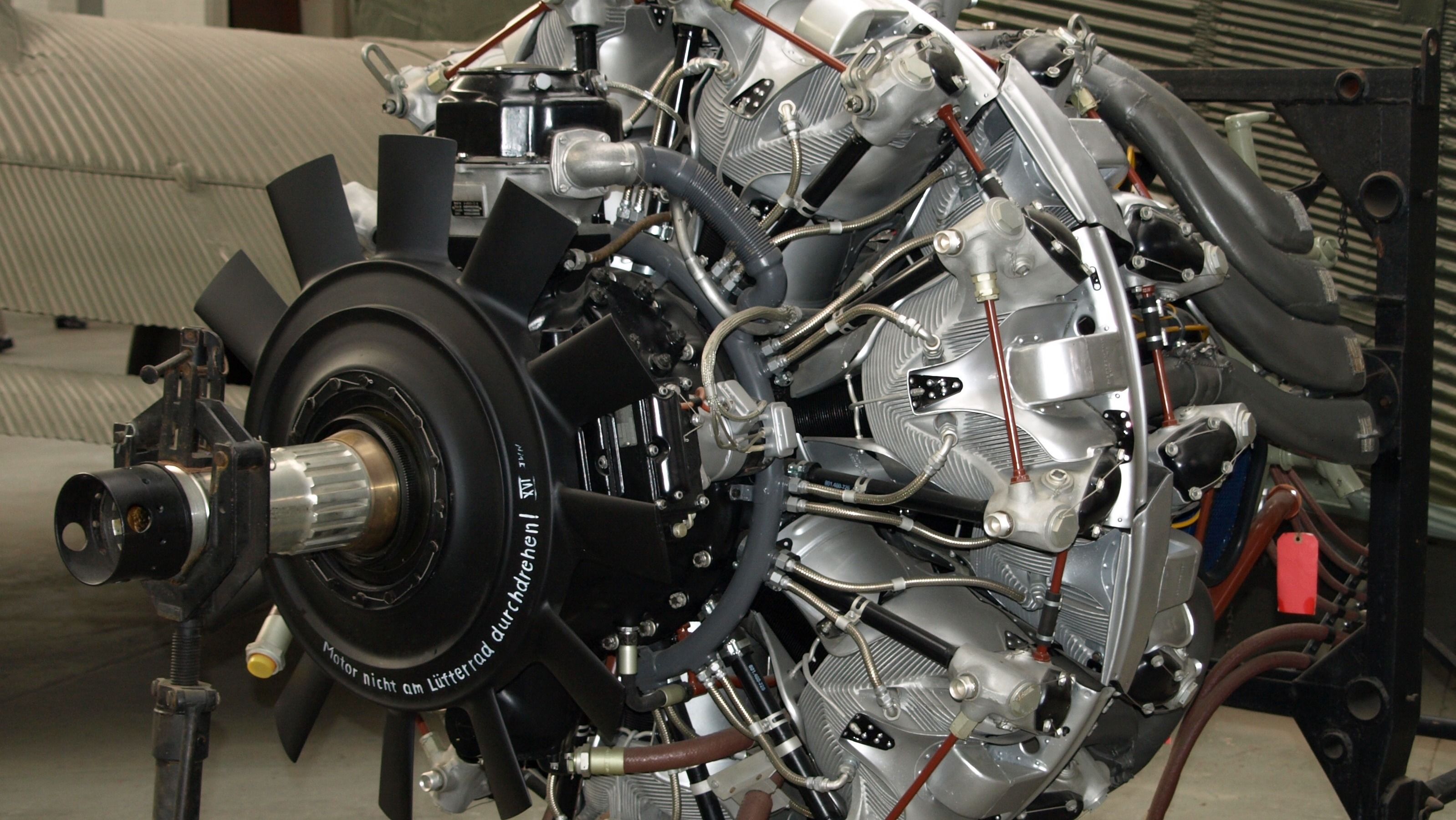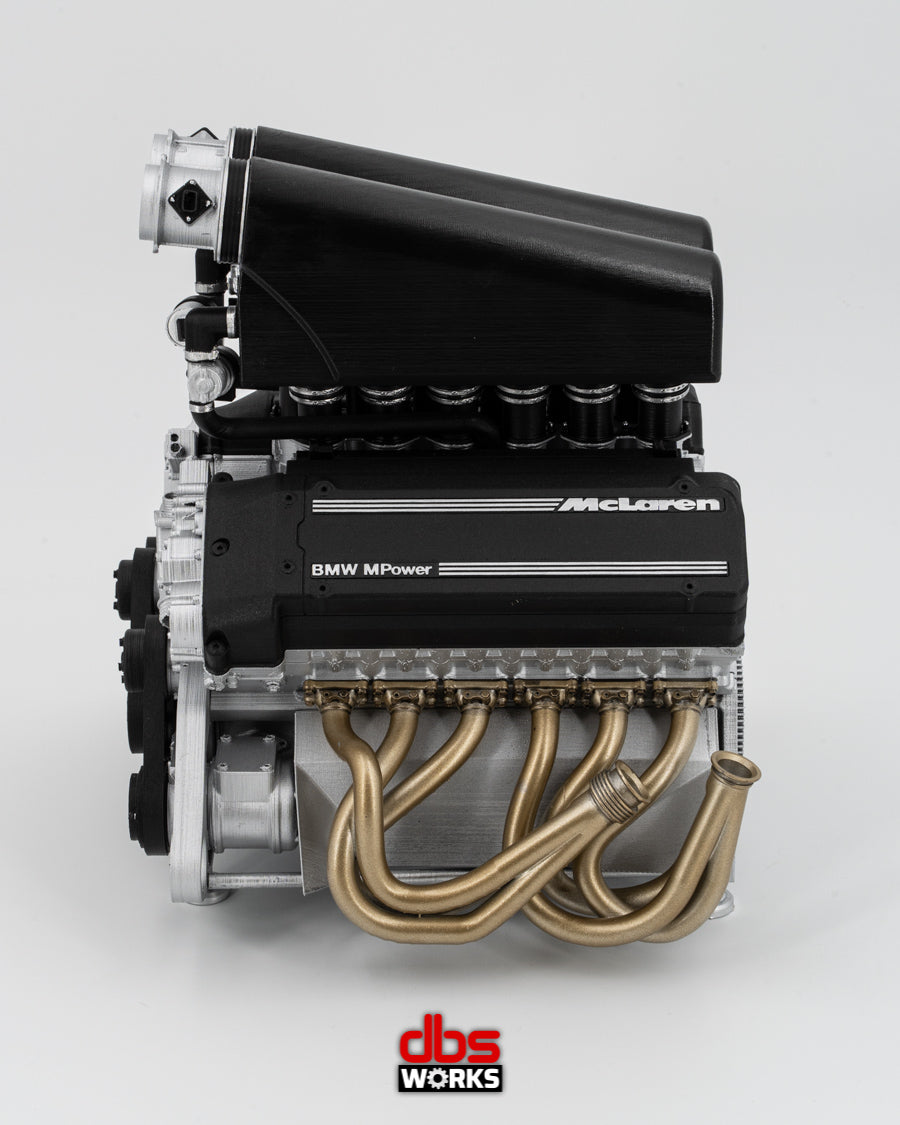The Function of BMW Engine Layout in Achieving Exceptional Fuel Efficiency
The Function of BMW Engine Layout in Achieving Exceptional Fuel Efficiency
Blog Article
Introducing the Intricacies of Next-Generation Power Units: a Deep Study Advanced Engine Technologies and designs
As we stand on the precipice of a brand-new age in transportation, the ins and outs of next-generation engine designs bid us to discover the advanced innovations and developments that assure to redefine the driving experience. Digging deeper into the worlds of exhaust control, intelligent engine monitoring systems, and the horizon of power system advancement, we discover ourselves on the cusp of a transformation that guarantees to reshape the landscape of wheelchair as we know it.
Advancement of Engine Products

The change in the direction of progressed engine products has actually also enabled engineers to create engines with greater power results while keeping fuel effectiveness criteria. The usage of lightweight products lowers the overall weight of the engine, leading to improved gas economy and reduced exhausts. In addition, advancements in materials technology have allowed for far better thermal monitoring within engines, causing raised integrity and durability.
Turbocharging and Supercharging Technologies
Just How do Turbocharging and Supercharging Technologies reinvent engine performance and performance in contemporary cars? Turbocharging and supercharging are innovations that considerably enhance engine efficiency by enhancing the amount of air consumption into the burning chamber. Turbocharging accomplishes this by utilizing a generator driven by exhaust gases to pressurize the intake air, while supercharging utilizes a belt- or chain-driven compressor to achieve the very same impact.
These technologies allow smaller, extra fuel-efficient engines to produce power equal to larger ones, referred to as downsizing. By requiring even more air into the cyndrical tubes, turbocharging and supercharging improve combustion performance, resulting in raised horsepower and torque outcome without a substantial increase in engine dimension. This brings about better velocity, pulling ability, and overall driving efficiency.
In addition, turbocharging and supercharging contribute to enhanced gas performance by allowing the use of smaller sized engines that consume less fuel under regular driving problems - bmw engine. This combination of improved efficiency and efficiency has made turbocharging and turbo charging integral parts of several contemporary engine styles
Discharge Control and Environmental Impact
With enhancing worldwide concerns regarding air top quality and ecological sustainability, the application of exhaust control technologies in cars plays a crucial role in lowering damaging contaminants launched right into the atmosphere. Modern vehicles are equipped with sophisticated emission control systems that help reduce the environmental impact of automobile operations. Catalytic converters, for instance, are developed to convert harmful gases such as carbon monoxide, nitrogen oxides, and hydrocarbons into less hazardous substances like co2 and water vapor.
Furthermore, improvements in engine innovation, such as the assimilation of exhaust gas recirculation systems and discerning catalytic decrease, have actually dramatically contributed to lowering emissions. These technologies operate in tandem to optimize combustion effectiveness and minimize the release of damaging contaminants right into the air. In addition, the growth of hybrid and electric cars stands for a critical step in the direction of lowering the overall ecological footprint of the transportation sector.
Intelligent Engine Management Equipment

In addition, these systems allow lorries to satisfy stringent discharges standards without endangering performance, supplying a more eco-friendly driving experience. The combination of expert system and machine discovering capacities in engine administration systems proceeds to push the limits of what is feasible, resulting in additional renovations in effectiveness, integrity, and overall automobile efficiency. bmw engine. As automobile innovation advancements, smart engine administration systems will certainly play an important duty fit the future of transport in the direction of a more reliable and sustainable direction
Future Trends in Power System Advancement
As smart engine management systems pave the method for boosted control and optimization in modern automobiles, future fads in power unit development are poised to redefine the landscape of vehicle propulsion modern technologies. One of the essential patterns driving advancement in power system advancement is the shift towards electrification. With a boosting emphasis on sustainability and lowering carbon emissions, hybrid and electric powertrains are becoming more prevalent in the automobile industry. These alternative source of power provide enhanced effectiveness and performance while aligning with strict environmental policies.
Another substantial pattern is the combination of advanced products and producing techniques. Lightweight products such as carbon fiber and aluminum are being utilized to lower general car weight, enhancing gas effectiveness and efficiency. Furthermore, improvements in 3D printing and additive manufacturing are enabling the manufacturing of complex engine parts with greater precision and durability.
In addition, man-made intelligence and equipment discovering are playing an important role in enhancing power unit efficiency. These technologies enable real-time monitoring and flexible control, resulting in more reliable and more info here trustworthy power shipment. On the whole, future patterns in power device advancement are tailored towards performance, sustainability, and performance, driving the vehicle market in the direction of a brand-new period of propulsion technologies.

Final Thought
In conclusion, the improvements in engine products, turbocharging, exhaust control, and intelligent management systems have led the means for next-generation power units. The elaborate styles and technologies in modern-day engines showcase the ongoing development of vehicle innovation.
Discovering the progressive developments in engine materials has been essential in boosting the efficiency and performance of modern engines. Over the years, the evolution of engine materials has actually played an essential function in pressing the borders of what engines can achieve.The shift in the direction of advanced engine materials has also allowed engineers to develop engines with higher power outcomes while preserving fuel efficiency standards.The implementation of smart engine monitoring systems in modern-day lorries has actually reinvented the method engines are controlled and optimized for efficiency and performance. By accumulating data in real-time and evaluating it with sophisticated algorithms, smart engine administration systems can adapt to driving styles, ecological aspects, and engine wellness to optimize power outcome while reducing fuel intake my link and exhausts.
Report this page